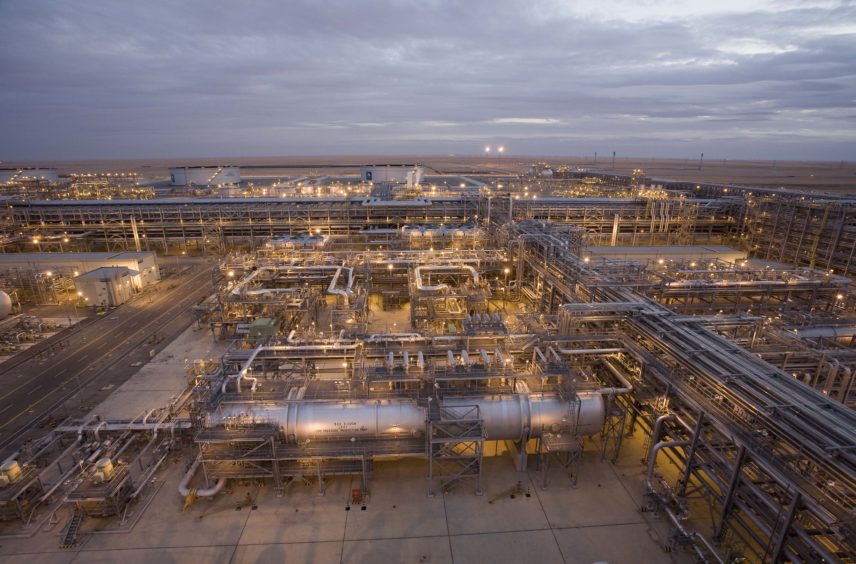
No company has been immune from the headwinds facing the global oil industry, even Saudi Aramco.
The world’s largest single oil producer reported net income of $6.6 billion for the second quarter, down from $16.6bn in the first quarter.
Free cash flow fell to $6.1bn, from $15bn, but the dividend remains the same at $18.75bn. Free cash flow for the same quarter in 2019 was $20.6bn, while net income was $24.7bn.
“Despite COVID-19 bringing the world to a standstill, Aramco kept going. We have proven our financial resilience and operational reliability, setting a record in our business operations, while at the same time taking steps to ensure the health and safety of our people,” said Aramco’s president and CEO Amin H Nasser.
He described earnings as sold. The company has “low production costs, unique scale, agile workforce, and unrivalled financial and operational strength”.
Net gearing ratio had increased to 20.1% at the end of the quarter. The acquisition of a 70% stake in Saudi Basic Industries Corp. (Sabic) for $69.1 billion was the main driver. This is up from 4.9% at the end of the first quarter.
Capital expenditure was $6.2bn in the second quarter and $7.4bn in the first quarter. For the full year, it should be “at the lower end” of the $25-30bn range.
Aramco’s production averaged 12.7 million barrels of oil equivalent per day. It reached a historic high of 12.1mn bpd on April 2.
Bouncing back
“We are seeing a partial recovery in the energy market as countries around the world take steps to ease restrictions and reboot their economies. Meanwhile, we continue to place people’s safety first and have adapted to the new normal, implementing wide-ranging precautions to limit the spread of COVID-19 wherever we operate,” Nasser continued.
Emerging from the pandemic, Aramco intends to be stronger and “continue making progress on our long-term strategic journey, through ongoing investments in our business – which has one of the lowest upstream carbon footprints in the world.”
A note from consultancy IGM Energy highlighted Aramco sticking to its dividend commitment. “It’s worth noting that with 98.5% of the company still held by the Kingdom, the payment leaving Saudi coffers will only amount to around $281mn.
“Safeguarding the dividend in current market conditions appears to have been the company’s top priority. The $10bn drop in net income from Q1 to Q2 led to a rethink in capital expenditure plans, with downstream expansion plans notable by their broad omission from the mid-year press release.
“In order to improve short-term cash availability, Aramco restructured the SABIC deal to allow the balance to be paid over the next three years, closed a $10bn loan with a group of 10 banks in May, and is in talks to lease out a share in the company’s pipeline network for another $10bn, which it will then pay a tariff to use.”
Pricing
There are some signs of trouble ahead for Aramco. IHS Markit warned last week that the company would probably cut its official selling price (OSP) for Asia in September.
The energy consultancy said Aramco was expected to consider “weaker price signals emanating from crude trading in the region in the last week of July as well as the broader market with ICE Brent now in contango”.
